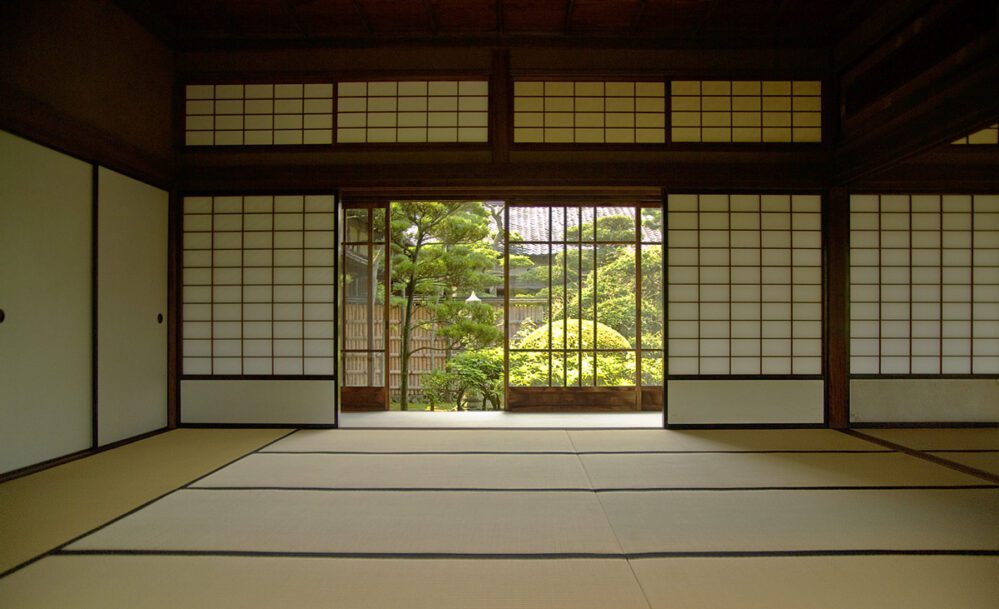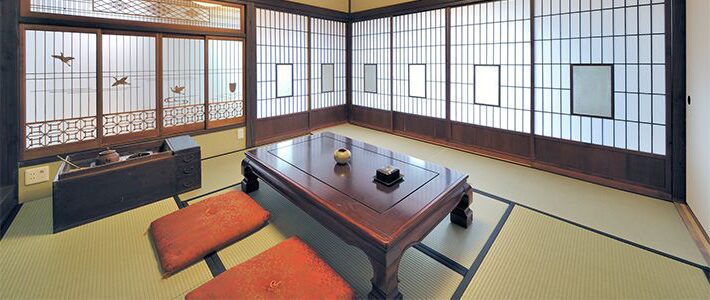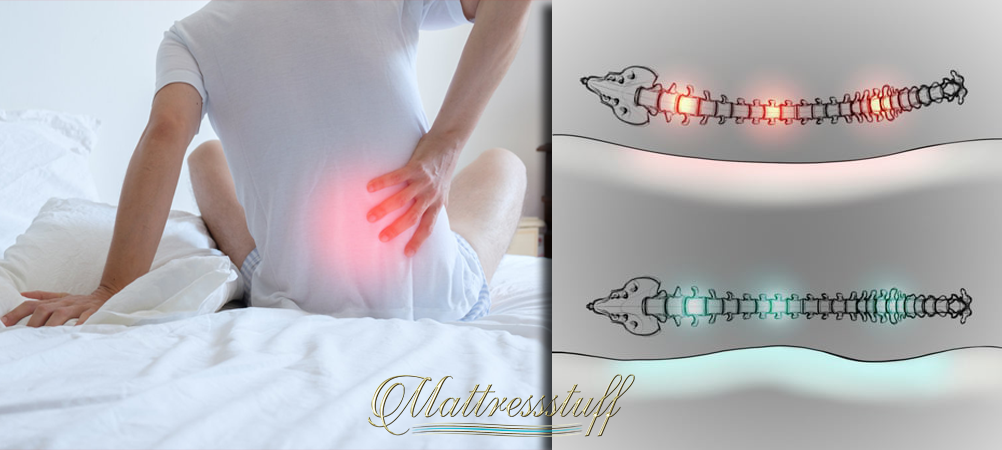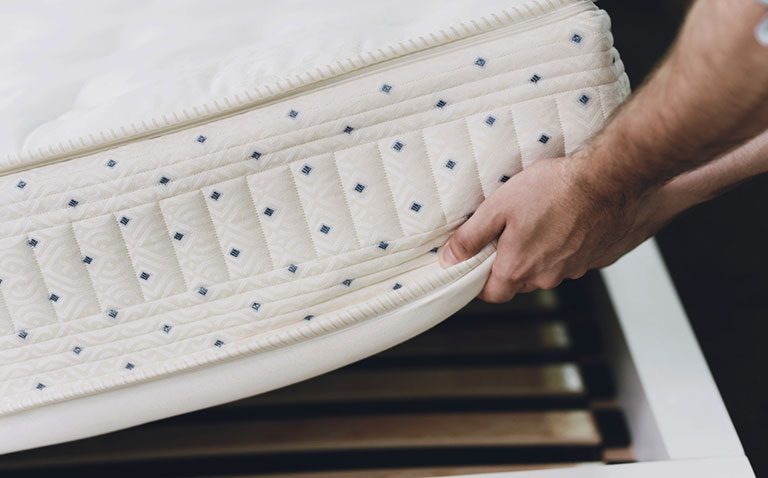
Table of Contents
- How do you maintain a tatami mat?
- How long do tatami mats last?
- What is the purpose of a tatami?
- How much does a tatami mat cost?
What is a Tatami Mat?
Tatami is derived from the Japanese word tatamu, which refers to the foldability of the rug. A Tatami mat is a traditional Japanese straw mat made from rice straw and rush grass. The inside is filled with rice straw while the outer layer is woven rush grass.
The edge of the rush grass covering is bounded with a plain border fabric called heri that is made from the hem material. Tatami mat has a gentle, firm and hard surface.
It is not hard like wood but it is harder than a regular mattress. It is often confused as a futon. Some people say they sleep on a tatami when they are actually referring to a Japanese style futon.
History of the Tatami Mat
The first tatami mat can be dated back to the Nara period (710 – 794). It appears in a record book called Kojiki which was written in 712.
In the Heian period, it is put on top of the wooden floor for the nobles to sit on. At that time, it is also used as a sleeping place for the nobles and samurai.
It started to be used as a covering for the entire floor in the 16th century. A room that uses it as the entire covering is called zashiki.
It is an important component of the tea room that Sen no Rikyu invented. The tea room that Sen no Rikyu invented is smaller and can only accommodate mats.
It is not until the 17th century that it comes to be used in the houses of the commoners including the social upper classes and the lower classes.
Nowadays, tatami mats are woven with a machine. It is estimated that about 4,000 – 7,000 rushes are used and it takes about 1.5 hours to weave a tatami mat.
Even though many Japanese homes now have western style beds, it remains an important part of the Japanese national identity.
It releases a type of scent on a rainy day. The smell can be strong, especially when it is newly installed. As it aged, it loses the fresh smell scent. The smell is like a grassy or herbal scent. The green color of the straw also changes to brown over time.
It has no designated purpose. At night, it can be used as a bedroom. In the morning, it is used as a workroom. It is also used in the dining room in the evening.
Installing a tatami mat can add a Japanese style to your bedroom. This can be like a dream come true if you have always wanted to live in Japan but is unable to do so due to financial constraint.
You just need to a put up some Japanese themed decors such as Japanese painting, and bonsai plan to create the atmosphere in your house.
- Recommended : Tatami Mat : Save Money and the World !
Sizes of a Tatami Mat
Tatami area rugs usually have a rectangular shape in 2:1 measurement. The size of the mat depends on where it is made in.
In the western part of Japan, its size is referred to as Kyoto size. Kyoto size is slightly larger than the size of the mat in eastern Japan.
In the eastern part, the size of the tatami area rugs is referred to as Kanto size. This measurement is fixed almost 400 years ago.
The standard size of a rectangle shape Japanese themed area rugs is 91cm x 182cm.
It takes 6 mats to fill a regular size room. A 4.5 mat room is a small room. An 8 mat or 10 mat room is a large room. Tatami is also available in square shape called Ryukyu tatami. The square shape one is more popular with young people who rent studio rooms.
Benefits of a Tatami Mat
Good for the Back
When you sleep on a western style mattress, it is hard for your body to achieve the correct alignment. Because western style mattress is more comfortable, you tend to sleep in the wrong positions.
On the other hand, the hard surface of the Japanese style area rugs will not provide comfort when you sleep in wrong positions.
It forces you to sleep in the right positions so it is good for your back in the long term. The soft straw can reduce the tension on the backbone and muscle and on the lower limbs.
To sleep on the tatami, you simply lay on your back with a classic Igusa pillow under your head. Some people prefer to put a futon on top as the mat is too thin. The futon mattress can be folded and kept in the cupboard in the morning..
Helps to Regulate Humidity
A tatami mat can regulate the hot and humid weather in summer and the cold and dry weather in winter. The natural components in the mat can absorb the carbon dioxide in the atmosphere and purify the room.
The dry straw will absorb the excess humidity that exists in the air as well as the humidity that is released from the body when you sleep on the mat.
It is said to have the capability to breathe as it will release this humidity, which it has absorbed in the daytime.
As an extra measure to prevent mold, you can dry the tatami under the sun regularly. The sun will kill the mold spores. Doing so ensures that your sleeping place is free from mold.
Sound and Peaceful Sleep
Sleeping on a tatami mat will keep you warm and cozy in the cold season. It prevents the coldness that radiates from the floor to reach your back.
You will wake up fresh without any a backache. However, you will still need to cover with a blanket to provide extra warmth.
It is 5 cm thick so it can act as a soundproof to the noises you hear from downstairs. You will be able to sleep peacefully without having to wear an earplug.
Eco-Friendly and Biodegradable
A Tatami mat is eco-friendly because it is made from 100% grass. Rice grass can grow up to harvesting height in just one season. When it is harvested, they can quickly sow the seeds to regrow it. It is better than cutting down a tree which requires 60 – 80 years to become mature.
In Japan, they often use an old straw to make new tatamis. The straw padding can last for at least 30 years. No chemical treatment is needed to increase its lifespan.
When you no longer want to use it, you can just bury it in the ground and it will decompose by itself without polluting the environment.
Recommended : Tatami Mat : Best Price || Color || Size || Stuffing || Where to buy
How to Maintain a Tatami Rug
Tatami mat should not be kept in a humid area as it is prone to get mold growth. To avoid mold, it is recommended that you clean it every day with a vacuum cleaner. When cleaning it with a vacuum cleaner, make sure you set it to tatami mode.
Special floor mops can also be used to clean a tatami mat.
You can also use a dry cloth to wipe away the dust on the surface.
Whether you wipe or vacuum or mop, make sure it is done in the same direction of how the rush is woven.
It is important to never walk with shoes on the tatami mat as it can damage the woven rush material. Walking barefoot or with socks is the best for a tatami mat.
A Tatami mat cannot last permanently. They need to be replaced from time to time. The rush grass covering can last for at least 10 years.
Every 5 years, you can turn it over. If the covering is worn, you just replace it and thereby prevent you from having to replace the entire mat.





